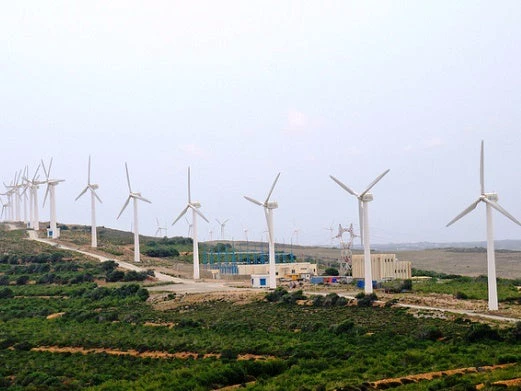
The GEF has become one of the most important financial resources for environmentally sustainable development in the Middle East and North Africa (MENA) region. Though big improvements have been made in terms of shortening and simplifying the GEF’s processes over the last few years, there is still a lingering perception among World Bank staff that the cost of implementing it takes up too much of the Bank’s time and effort.
When used effectively, the GEF harnesses additional funding from governments and other donors. It also improves the efficacy of mainstream lending in infrastructure, water and agriculture. Equally critical, GEF funds have promoted climate change issue as a central theme in government planning, and included the climate in plans for regional cooperation on the management of shared resources.
MENA’s environment program has collected a number of case studies of GEF projects that have recently been completed in the region. We interviewed Task Team Leaders to find out what lay behind the negative impressions some people have of GEF financing. Countries in MENA seemed to have a very positive impression of the benefits of the GEF; why were these benefits not so recognized in our organization?
Case studies were prepared to showcase GEF projects. By supporting innovation and new, diversified approaches, these had contributed toward improving people’s livelihoods. In some cases, they also helped attract larger-scale financing, setting the stage for the next generation of projects.
Important social benefits had also been gained through job creation, greater economic and social inclusion, and strengthened governance capabilities.
The release of “Global Environmental Benefits Contributing to National Development Goals” is timely in that the new GEF 6 has just started. We are hoping to convert others in the region toward a better understanding of the opportunities inherent in the work involved in preparing GEF projects.
The GEF invests through a number of windows, specifically including: natural resource management and biodiversity protection; safeguarding international waters including aquatic resources; coping with climate change; and the management and disposal of persistent organic pollutants.


Join the Conversation